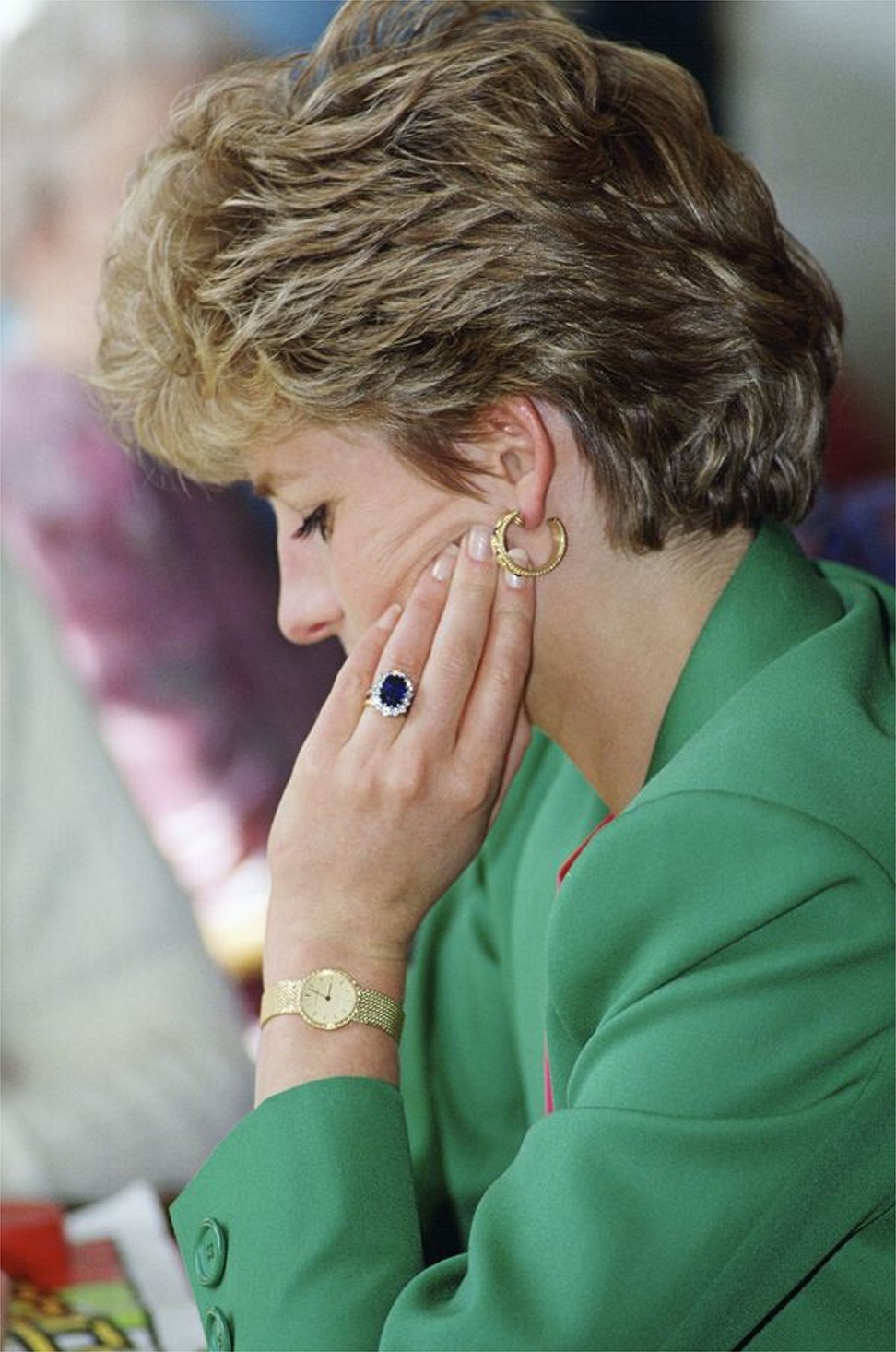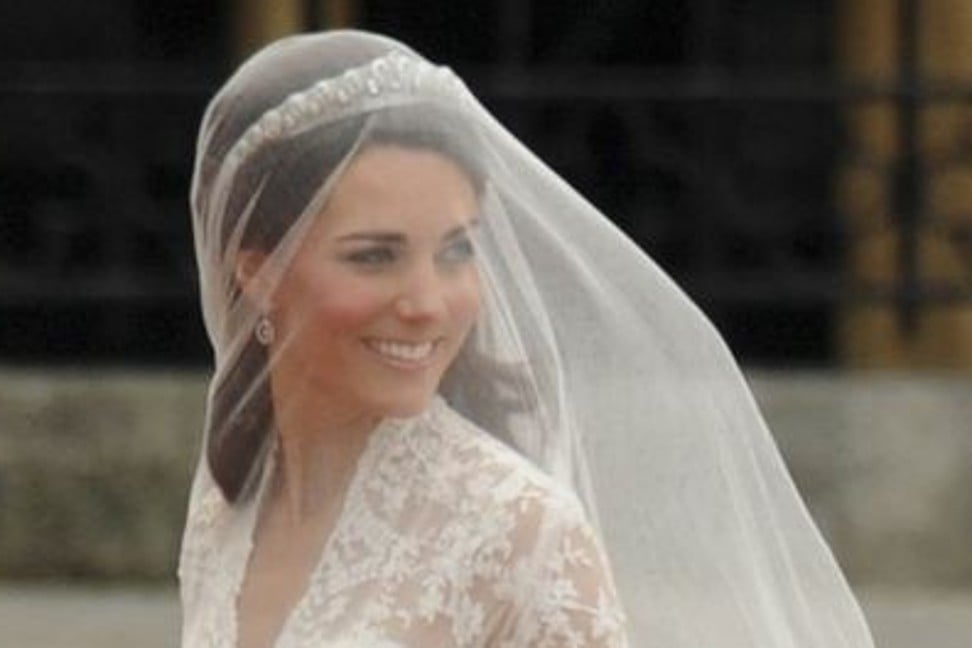How the tiara became jewellery accessory of the moment

For decades, the tiara was – at best – a retro piece of costume jewellery.
Yet, this classic accessory has been showing up on fashion runways from the likes of Saint Laurent and Miu Miu, and binge-worthy television shows such as Game of Thrones and Victoria, not to mention The Crown.
Even Wonder Woman wears a uniform that features a weaponised tiara.
British jeweller Garrard & Co has noticed a resurgence as well.
Long synonymous with royalty, the warrant-holder has been the official crown jeweller for almost 200 years, and it is the company that Prince Charles tasked with making the engagement ring for the late Diana, Princess of Wales.
Claire Scott, Garrard’s soft-spoken head of design, says it has seen a surge in private commissions for tiaras this year.
“When I first started in the trade, there were tiaras being made – definitely some, but not as many as we see now,” Scott says.
She is sitting on a sofa in the fashionable, upmarket, all-beige store off London’s Bond Street; the atelier is upstairs.
Scott estimates her team will work on 20 customised tiaras this year, which, in this rarefied air, counts as a huge increase.
Under Scott’s direction, Garrard has introduced a large collection of ready-to-wear tiaras, too.
Part of the reason, Scott says, is that tiaras are unfailingly flattering.
These mini-crowns tend to lengthen necks and straighten backs – the sheer weight of one will make even the slouchiest woman stand taller.
[A tiara] gives you a different feeling, a different posture.That’s something people like. It surprises them
“It gives you a different feeling, a different posture,” she says. “That’s something people like. It surprises them.”
An additional benefit is that, in selfie culture, any jewellery worn on or around the face is appealing: who needs to filter a snap when you’re wearing a tiara?
They are also unabashedly status-making jewellery pieces.
Historically, sporting a tiara was a tacit sign of wealth, and the association with wealth and power has persisted.
What distinguishes the tiara from a mere headdress is one thing: the framework, which encircles the head and is hidden with ribbons and upswept hair.
It is purely functional, allowing tiaras that could be cumbersome to sit more comfortably on the head.
Traditionally, Scott says, tiaras were convertible.
Maids could painstakingly unhook the gems from the framework, so the same piece could be worn as a necklace.
Some of Garrard’s recent commissions offer this function.
If you are buying a tiara, use this approximation to gauge perfect placement: with thumb and forefinger, measure the distance from the bridge of your nose – between the eyebrows – and your chin. Measure that distance from the bridge of your nose to the top of your head. Wherever it lands is where a tiara should sit.
Etiquette has also been part of the tiara’s aura. Royal ladies do not wear tiaras until they are married, for instance.
“Your first wearing of a tiara would be on your wedding day,” Scott says.
Among nobility, tiaras were usually heirlooms, pieces of family jewellery, so the family tiara would be passed down to a bride as part of her trousseau.
In turn, that tiara was expected to be deeded to a daughter or daughter-in-law for use on her own wedding day – after a fit adjustment by the jeweller that had made it.
Today, though, these mini-crowns are tailor-made for the young and glamorous.
And nothing has spurred the tiara revival more than the princess effect – via Frozen’s Elsa, Kate Middleton, the Duchess of Cambridge, or the forthcoming nuptials of Meghan Markle and Britain’s Prince Harry.
After Princess Diana’s death in 1997, there was a decade-long dearth of British royals able to wear tiaras, whether by age or inclination.
Yet, that has changed in the past five years: soon, two married princesses will be able to rifle the royal dressing-up box.
When the Duchess of Cambridge was married Britain’s Prince William, the prospective king, there was no family tiara for her to wear; instead, the Queen passed along a Cartier-designed mini-crown she had received for her 18th birthday.
The big question now is which tiara Markle will wear on her wedding day, on May 19.
Perhaps it will be the Garrard-produced Lover’s Knot tiara, a favourite of Princess Diana – the guest Prince Harry is most likely to miss at his wedding party.
Want more stories like this? Sign up here. Follow STYLE on Facebook, Instagram and Twitter

Private commissions for the luxury fashion item have surged ahead of American actress Meghan Markle’s royal wedding to Britain’s Prince Harry

